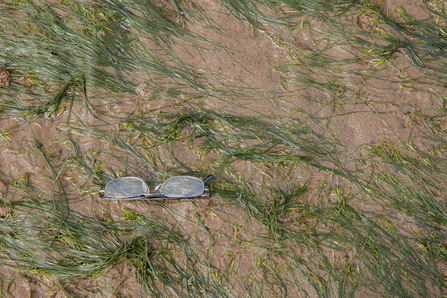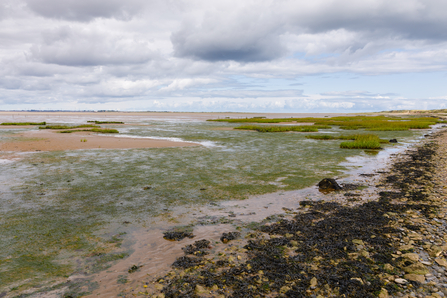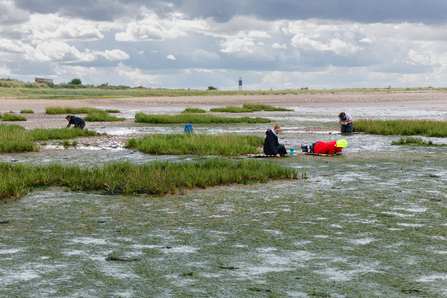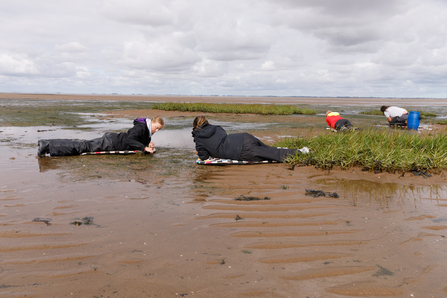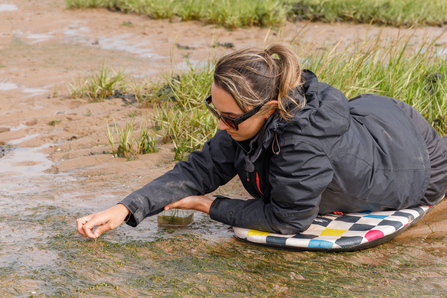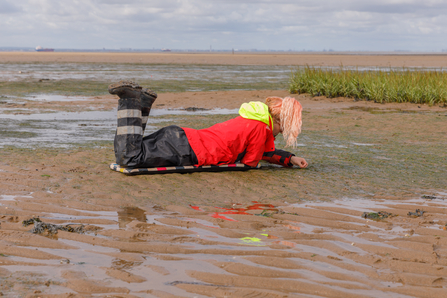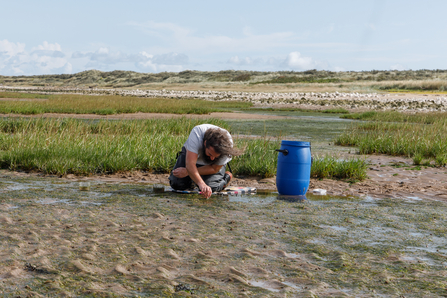Seagrass is a wonderfully understated plant; not at all showy to look at perhaps, but remarkable in so many more important ways.
Seagrasses are not seaweeds, despite initial appearances - they are one of few groups of flowering plants that live wholly in the sea. Seagrass typically grows in the intertidal or subtidal zones as thick meadows. The shelter these provide is an important habitat for a wide range of vertebrates and invertebrates, including flatfish, seahorses, gastropods and crabs. They are an important food source too, for example for wintering wildfowl such as wigeon and brent geese.


